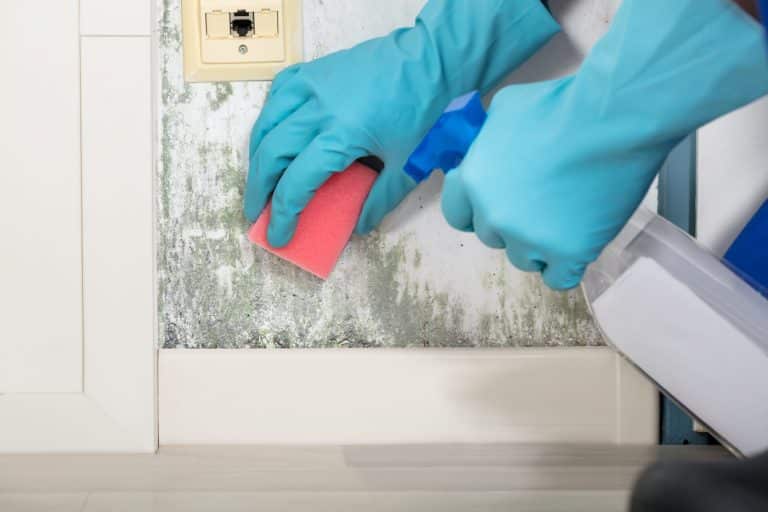There are a variety of allergies, ranging from ones caused by pollen and mold to others caused by animals and food. At Puget Sound Ear Nose and Throat, our allergy specialists will determine which type of allergies you have to find the best relief for your symptoms.
Seasonal Allergies
Also referred to as hay fever, seasonal allergies occur when the immune system overreacts to outdoor stimulants.
What Are the Symptoms of Seasonal Allergies?
- Congestion and runny nose
- Sneezing or coughing
- Watery, itchy or red eyes
- Itchiness or irritation on the nose, throat or mouth
- Mucus that runs down the back of your throat, also known as postnasal drip
- Fatigue

How Long Do Seasonal Allergies Last?
Seasonal allergies are most common during spring when trees and flowers bloom and fall when ragweed is at its height.
How Are Seasonal Allergies Treated?
Treatment for seasonal allergies is often a combination of medication and reducing exposure to pollen and other allergens. You may consider limiting the time spent outdoors when pollen counts are at their peak, especially on dry, windy days. This usually occurs during the early morning and evening hours.
You can maintain the air in your home by closing windows, running the air conditioner and using a high-efficiency particulate air (HEPA) filter.
You can also use over-the-counter medications to relieve symptoms:
- Antihistamines will help reduce sneezing, itching, watery eyes and runny nose.
- Decongestants help with nasal congestion.
An allergist may recommend a long-term treatment method in more severe cases. If medical treatment is ineffective, talk to your allergist about immunotherapy options (allergy shots).
Mold Allergies
People with mold allergies experience reactions from the immune system whenever they inhale mold spores.

What Are the Symptoms of Mold Allergies?
- Stuffy or runny nose
- Icky or water eyes
- Wheezing
- Coughing
- Postnasal drip
How Are Mold Allergies Treated?
Preventing the growth of mold is essential to treating this type of allergy. Steps to take include:
- Using a dehumidifier
- Fixing leaky pipes
- Running your bathroom fan
- Keeping the windows open
- Using an air conditioner with a HEPA filter
You can also relieve allergy symptoms with medications, such as antihistamines, decongestants and nasal sprays. A prescription drug called Singulair has proven helpful in the treatment of mold allergies.
Food Allergies
Reactions from food allergies typically occur within several minutes to two hours after eating.
What Are the Symptoms of Food Allergies?
- Itching or irritation of the mouth
- Swelling in the lips, tongue, face or throat
- Itching, hives or eczema
- Trouble breathing or nasal congestion
- Abdominal pain, diarrhea, nausea or vomiting
- Dizziness or fainting
- Anaphylaxis, a potentially life-threatening reaction that can result in restricted airways, a swollen throat, a drop in blood pressure, a rapid pulse and dizziness
What Are Common Food Allergies?
Some of the most common food allergies are crustacean shellfish, peanuts, tree nuts, fish, chicken eggs, cow’s milk, soy or wheat.
How Do Doctors Test for Food Allergies?
Along with skin or blood tests, your allergist may recommend an elimination diet or oral food challenge to determine what’s triggering your symptoms.
You’ll complete an oral food challenge at your doctor’s office. You will consume small, increasing amounts of the food that is potentially causing your symptoms. If you do not have a reaction, you may not be allergic to that particular food.
An elimination diet involves avoiding eating specific foods and then adding them back one at a time. This can help determine if any symptoms are linked to individual foods.

Pet Allergies
These allergies are frequently the result of dander or dead flakes of skin that a pet sheds. They are frequently associated with cats and dogs, though they can be caused by any furry or feathered companion. Symptoms may include sneezing, running nose, coughing, hives, eczema or itchiness.
Insect Sting Allergies
Insect stings are always painful, but an allergy to insect stings can result in swelling, redness, hives, itching or anaphylaxis. Honeybees, hornets, wasps, yellow jackets and fire ants are the five known insects to cause an allergic reaction.
In cases of anaphylaxis, an immediate injection of epinephrine (adrenaline) is the only treatment for this reaction.
Drug Allergies
Penicillin and antibiotics containing sulfa drugs are common allergens in this category. Symptoms can range from mild skin irritation and itching to more severe symptoms like wheezing, vomiting or anaphylaxis.
Call Puget Sound ENT for more information or to schedule an appointment.